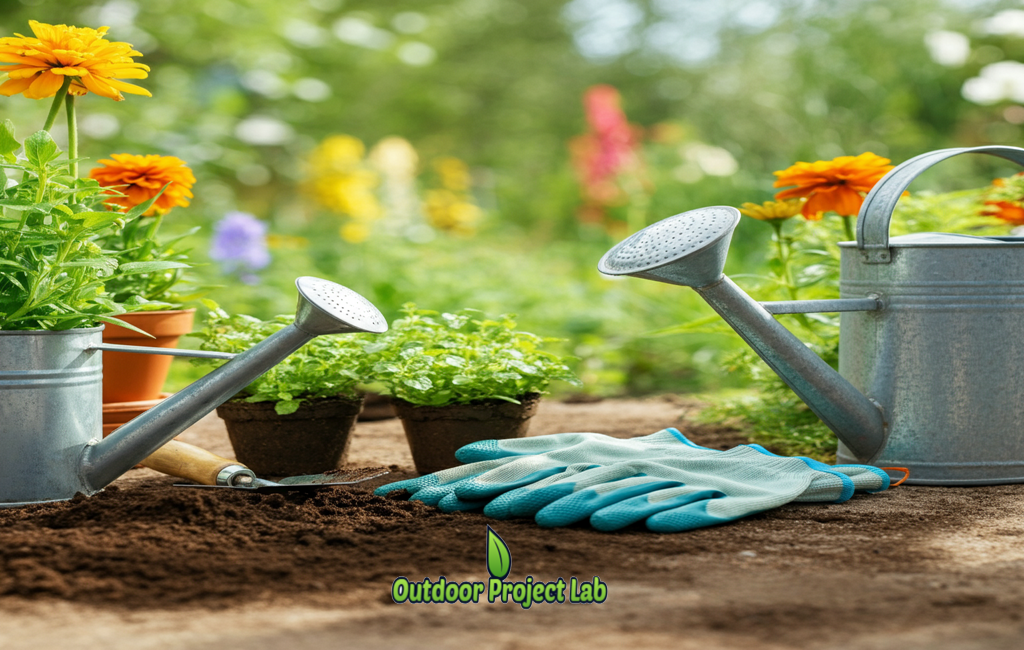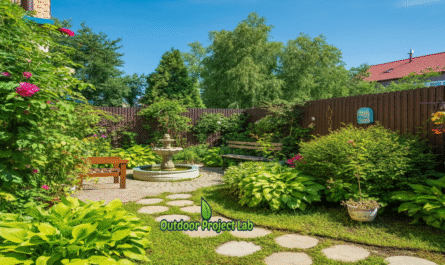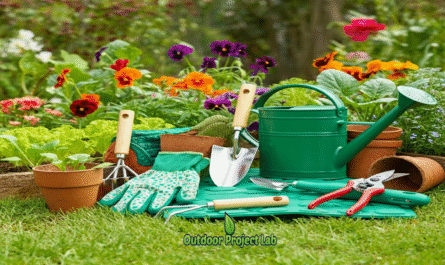Ornamental grasses are a fantastic addition to any garden. They’re versatile, low-maintenance, and add texture and movement to your outdoor spaces. Among the many choices, Avalanche Feather Reed Grass and Karl Foerster Grass stand out as two popular options. If you’re wondering which one is right for your garden, don’t worry we’ve got you covered! Below, we’ll take a closer look at these grasses, compare their features, and help you decide which one suits your landscaping needs best.
What Is Avalanche Feather Reed Grass?
Avalanche Feather Reed Grass, a variety of Calamagrostis x acutiflora, is a beautiful ornamental grass known for its upright, clumping habit. Its green leaves feature a striking white stripe running down the center, giving it a bold, vibrant look. This grass grows to about 4-5 feet at maturity, making it a great choice for adding vertical interest to your garden.
One of the biggest benefits of Avalanche Feather Reed Grass is its low-maintenance nature. It thrives in full sun to partial shade, is drought-tolerant once established, and is even deer-resistant. This makes it ideal for anyone looking to create a low-maintenance garden with plants that stay stunning year after year.
Benefits of Avalanche Feather Reed Grass:
- Attractive appearance with striking variegated leaves.
- Low-maintenance and resilient against drought.
- Deer-resistant, making it perfect for areas with frequent wildlife visits.
- Adds height and texture to garden borders and accents.
What Makes Karl Foerster Grass So Popular?
Karl Foerster Grass, another cultivar of Calamagrostis x acutiflora, is a classic favorite in the world of ornamental grasses. Its tall, upright plumes can grow up to 5-6 feet, creating an elegant, structured look. The solid green foliage is topped by feathery flower plumes that emerge in late spring and last well into winter, making it a standout all year long.
This grass is particularly loved for its versatility. It thrives in full sun and performs well in various garden designs, from modern minimalist landscapes to lush cottage-style gardens. It’s also a top pick for creating stunning backdrops or privacy screens.
Benefits of Karl Foerster Grass:
- Tall, narrow growth perfect for borders or screens.
- Year-round interest with long-lasting flower plumes.
- Moderate drought tolerance for sunny locations.
- Ideal for creating structure in any garden design.
Avalanche Feather Reed Grass vs Karl Foerster: Side-by-Side Comparison
To make your decision easier, here’s a quick comparison of these two ornamental grasses:
| Feature | Avalanche Feather Reed Grass | Karl Foerster Grass |
|---|---|---|
| Height | 4-5 feet | 5-6 feet |
| Leaf Color | Green with white stripe | Solid green |
| Growth Habit | Upright, clumping | Upright, narrow |
| Sun Requirements | Full sun to part shade | Full sun |
| Drought Tolerance | High | Moderate to high |
| Best Used For | Accent plant, contrast borders | Backdrops, privacy screens |
| Maintenance Level | Low | Low |
Which Grass Is Better for Your Garden Design?
Choosing between Avalanche Feather Reed Grass and Karl Foerster Grass depends on your garden goals. If you need a show-stopping accent plant or want to add contrast to your borders, Avalanche Feather Reed Grass is a great choice thanks to its variegated foliage. On the other hand, if you’re looking to create a tall, elegant backdrop or a privacy screen, Karl Foerster Grass excels with its height and year-round interest.
Both grasses are excellent options for vertical garden plants, so consider where you need height and structure in your landscaping. Karl Foerster works well in more formal designs, while Avalanche adds a playful pop of texture.
How to Plant and Care for Feather Reed Grass
Caring for these grasses is simple, making them favorites for beginner gardeners. Follow these feather reed grass care tips to get started:
-
Choose the Right Spot
Plant in well-draining soil. Both grasses thrive in full sun but can tolerate partial shade.
(For additional planting tips, visit the Missouri Botanical Garden). -
Watering
Water regularly when first planted. Once established, Avalanche handles drought conditions well, while Karl Foerster benefits from occasional deep watering. -
Pruning and Maintenance
Cut back old growth in late winter or early spring to allow fresh shoots to emerge. These grasses are hassle-free and require minimal pruning. -
Fertilizing
Use a balanced, slow-release fertilizer in spring to encourage healthy growth. Avoid over-fertilizing to maintain compact, upright growth.
You can also check out the North Carolina Extension’s Ornamental Grasses Guide for detailed care advice.
Where to Use These Grasses in Your Landscape
Both Avalanche Feather Reed Grass and Karl Foerster Grass are incredibly versatile. Here are some ideas for incorporating them into your yard:
-
Borders and Pathways
Line your garden borders with Karl Foerster for a clean, structured look, or use Avalanche for a touch of brightness. Check out our flower article for ideas on pairing grasses with colorful flowers. -
Privacy Screens
Karl Foerster’s tall, narrow growth makes it perfect for blocking views or creating private spaces in your backyard. -
Accent Planting
Avalanche stands out beautifully when planted in clusters as an accent in flower beds or rock gardens. -
Around Trees and Shrubs
For inspiration, explore our article on white flowering trees for spring.
Tips for Growing Ornamental Grasses in Your Region
To achieve the best results, select ornamental grasses suited to your local climate. Most feather reed grasses thrive in USDA zones 4-9, handling both hot summers and cold winters. For colder climates, ensure mulch covers the roots in winter. For warmer regions, focus on providing consistent moisture.
Our Final Thoughts: Choosing Between Avalanche and Karl Foerster
Both Avalanche Feather Reed Grass and Karl Foerster Grass are beautiful, practical options that bring height and texture to your garden. Avalanche stands out with its striking variegated leaves, while Karl Foerster is prized for its year-round plumes and tall, graceful growth. Think about your garden’s style, the space you have, and the features you need most.
Whatever you choose, these sun-loving grasses are a surefire way to elevate your landscaping while keeping maintenance to a minimum.




